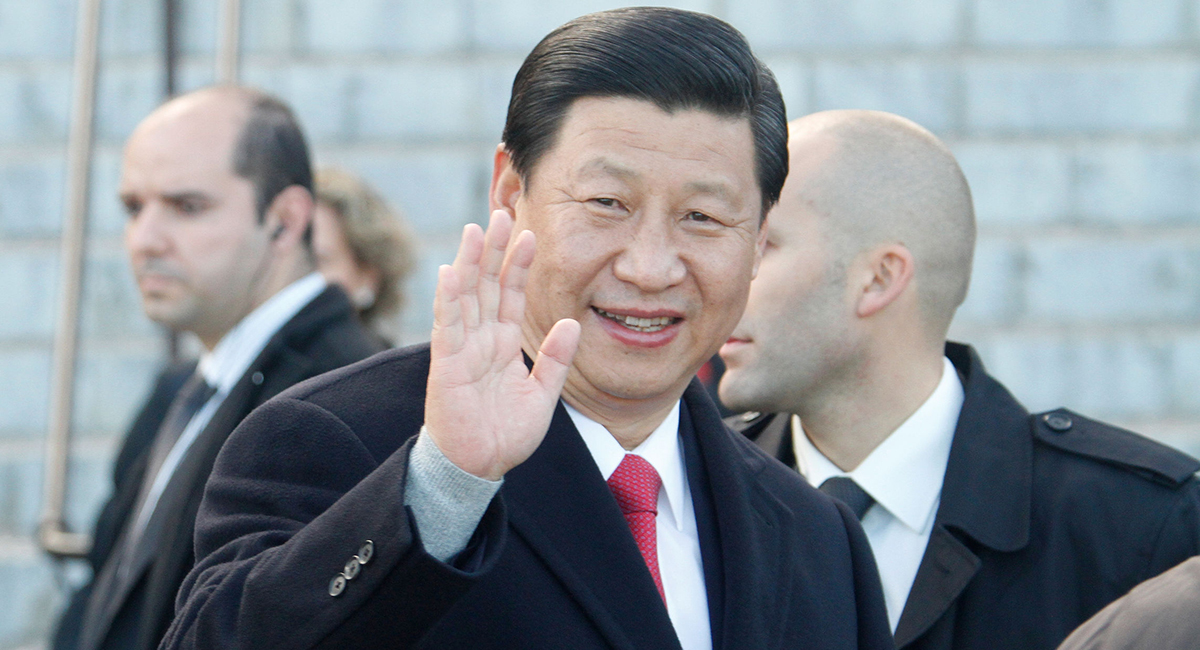The limited supply of critical raw materials risks jeopardizing the world’s renewable energy transition.
That was the warning contained in a recent OECD publication, “Raw Materials Critical for the Green Transition.” According to the OECD, China, by utilizing its chokehold on the production and processing of critical materials, is drawing up plans to disrupt the green energy transition.
Such a plan, if executed, would throw sand in the gears of the Biden administration’s Green New Deal, a pipe dream which aims to eliminate fossil fuels as a form of energy generation in the U.S. by 2035. This reality makes one wonder why the U.S. is so intent on provoking China.
Why are critical materials, such as rare-earth-minerals like neodymium, dysprosium and terbium, so important? They’re crucial to produce magnets found in everything from wind turbines to electric vehicles. For example, a 3 mega-watt direct-drive wind turbine contains close to two tons of those magnets.
Stunningly, China is responsible for 90% of the production of these rare-earth magnets.
It’s not just in magnets where China excels. The Chinese have taken control over a variety of other critical materials that are essential in the global transition to a “green” economy.
In the sphere of batteries alone, China dominates the production of the necessary raw materials (i.e., lithium, natural graphite and synthetic graphite). China has also reached the commanding heights of the chemical processing required for inputs in the production of battery anodes and cells. And that’s not all. Chinese firms produce 72% of the world’s solar modules and 45% of its wind turbines.
China’s threat to the green transition is not idle. Over the last decade, its grip around rare earths has tightened. In the 11 years prior to 2020, Beijing increased the number of export restrictions on critical raw materials needed for electric cars and renewable energy (read: lithium, cobalt, manganese) nine fold.
And recently, according to the most widely circulated financial newspaper in the world, Japan’s famed Nikkei, President Xi Jinping has even considered a total ban on the export of components used in rare earth magnets.
While the reserves of rare earths are scattered around the globe, 40% are found in China. When it comes to extracting them, over 70% of rare earths are mined in China. Further downstream, China trumps all, processing nearly 90% of rare earths.
But that’s not all. China has an outsized dominance in what one of us (Hanke) has termed the Three Ms: 1) Mining and Mineral Engineering, 2) Metallurgical Engineering and 3) Materials Science and Engineering. When it comes to rare earths and the Three Ms, China has long acknowledged their strategic hegemony.
As the Global Times, a state-owned Chinese newspaper, put it: rare earths are “an ace in Beijing’s hand.” Back in 1987, Deng Xiaoping pointedly asserted that “the Middle East has oil; China has rare earths.”
But how did China become so dominant in the Three Ms? One of us (Hanke), who landed his first faculty position and cut his teeth on mineral economics in the late 1960s at the Colorado School of Mines, the world’s top Mineral & Mining Engineering school, has long suspected that China must have invested heavily in the Three Ms.
When it comes to the world’s top-flight universities, China was nowhere to be found in the top 20 in 2022. The U.S. dominates, with 15 of the top 20 universities.
But, when we move into the Three Ms, things change dramatically. China dominates in Mining and Mineral Engineering, with half of the world’s top-20 programs in those fields. The U.S. only accounts for 10% of the total.
When we move to Metallurgical Engineering, China holds down 60% of the top-20 programs, with the U.S. only accounting for 15%.
In Materials Science and Engineering, China slips a bit, but still holds down 35% of the world’s first-class programs, with the U.S. accounting for 45% of the total.
Just how has China secured such a position in educational fields relating to the Three Ms? It’s simple. For decades, the Chinese Communist Party has poured money into education and development of the Three Ms.
For example, in 2001, Premier Zhu Rongji formally launched China’s 10th five-year plan for National Economic and Social Development. The plan aimed to make good use of the nation’s abundant mineral resources and enhance traditional industries with new high technologies (read: boost the Three Ms). Indeed, since 2000, China has put its money where its mouth is by making an over ten-fold increase in R&D expenditures. And, the results have been impressive.
This is in sharp contrast with the United States, where, for example, the entire U.S. Bureau of Mines and its important Division of Mineral Economics was abolished in 1996.
When it comes to the critical materials necessary for a green transition, China is no paper tiger. It holds all the cards.











